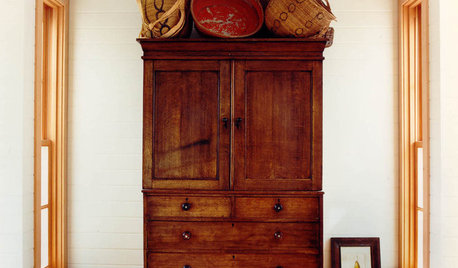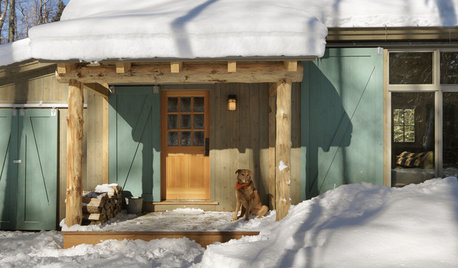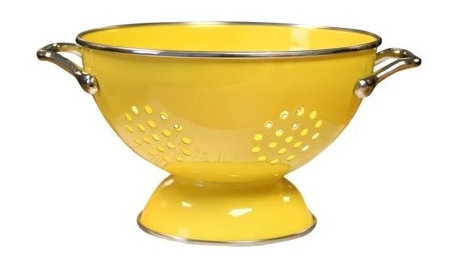Some basic beginner sock (on dpns) questions
bayareafrancy
15 years ago
Related Stories

WORKING WITH PROSA Beginner’s Guide to Managing a Remodel
How do you make your design dream a reality? Here’s some project management know-how to help you work with your designer
Full Story
DECORATING GUIDESA Beginner's Mini Guide to Buying Antiques
Experience the thrill of the hunt without ignorance ruining the spoils, with this guide to antiquing for novice buyers
Full Story
ARTCollect With Confidence: An Art-Buying Guide for Beginners
Don't let a lack of knowledge or limited funds keep you from the joy of owning art. This guide will put you on the collector's path
Full Story
DECORATING GUIDESDitch the Rules but Keep Some Tools
Be fearless, but follow some basic decorating strategies to achieve the best results
Full Story
RUSTIC STYLE10 Cabin Rental Basics for City Slickers
Stay warm, dry and safe while you’re enjoying winter cabin life with this valuable advice
Full Story
DECKSDecking Materials Beyond Basic Lumber
Learn about softwoods, tropical hardwoods, composites and more for decks, including pros, cons and costs
Full Story
EXTERIORS5 Pro Tips for the Best Home Exterior Updates
Knock your block's socks off with this professional advice to give your home's exterior a striking new look on any budget
Full Story
FURNITUREKnow Your Sofa Options: Arms, Cushions, Backs and Bases
Get your sock arm straight from your track arm — along with everything else — to choose the sofa that’s right for you
Full Story
BATHROOM DESIGN10 Amenities to Make Your Bathroom Extraordinary
Go beyond the basics for a luxury bathroom experience, with extra-special options starting at only $25
Full Story
PRODUCT PICKSGuest Picks: The Well-Stocked Starter Kitchen
We’ve got all the kitchen basics and tableware you need (or that recent grad needs) to make cooking a joy
Full Story





donna_loomis
sandra_ferguson
Related Professionals
Carlisle Furniture & Accessories · Hastings Furniture & Accessories · Shakopee Furniture & Accessories · Simpsonville Furniture & Accessories · Carlsbad Furniture & Accessories · Clark Furniture & Accessories · Culver City Furniture & Accessories · Northridge Furniture & Accessories · Park Ridge Furniture & Accessories · Rogers Furniture & Accessories · Garden City Interior Designers & Decorators · Round Lake Home Stagers · Highland Staircases & Railings · Key Largo Staircases & Railings · Orlando Staircases & RailingsbayareafrancyOriginal Author
sandra_ferguson
bayareafrancyOriginal Author
Vickey__MN
idixierose
angieknits